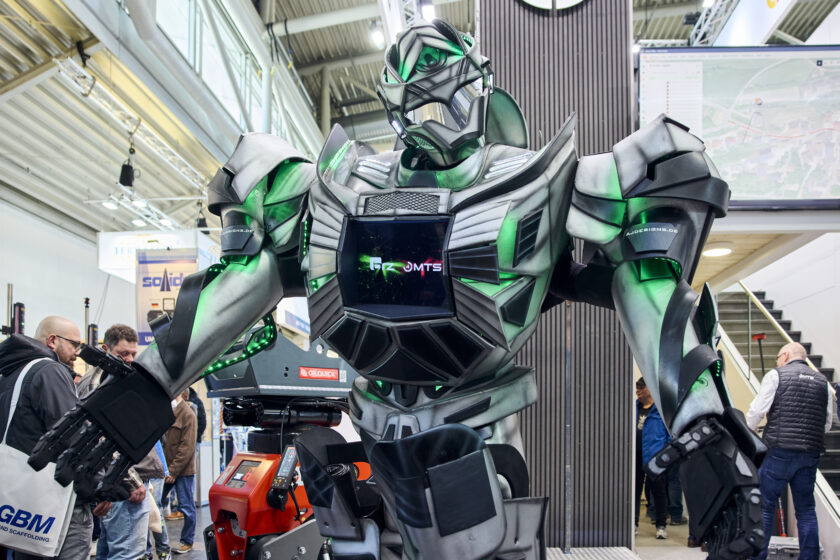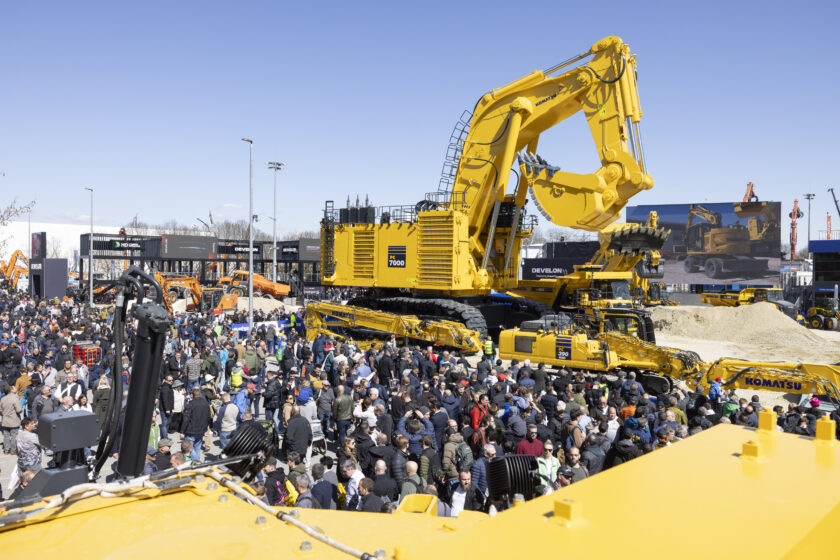Despite the difficult global economic situation caused by the absurd tariff decisions of U.S. President Donald Trump, Bauma 2025 did not disappoint those who see the trade fair as an unmissable opportunity to reflect on the current challenges facing the off-road industry and their potential developments

From April 7 to 13, more than 3,500 exhibitors from 57 countries gathered in Munich to showcase their products, technologies, and innovation capabilities across 614,000 square meters of exhibition space. Bauma thus reaffirmed its status as the key event for the global construction industry, attracting not only European manufacturers but also a significant presence from Asian groups—particularly from China and India. Both are proving increasingly competitive and determined to position themselves not only as component suppliers but also, in the near future, as manufacturers of complete machinery.
“Digitalization” and “sustainability” were the watchwords of the exhibition, in reference to the European Union’s goal—launched in December 2019—of achieving climate neutrality by 2050. This has led to the development of new engines and more efficient machines, as well as more rational and planned processes of deployment that consider the entire lifecycle of the equipment. These are ambitious goals on which the industry has worked extensively, but which have been called into question by increasingly complex political and economic issues since Russia’s invasion of Ukraine.

These challenges exploded just days before the opening of Bauma, triggered by the irrational tariff decisions announced by U.S. President Donald Trump. While they did not impact the colorful and vibrant nature of the event—since exhibitors had organized their participation well in advance—they did cast doubt on many commercial development prospects. Among the possible responses to overcome the current difficulties is the reconsideration of the 2019 climate neutrality targets, an idea previously suggested by the automotive sector and now being echoed by the broader industry as it seeks to reorganize production in a new trade landscape.
Thus, while Bauma 2025 was indeed lively and spectacular, the question remains whether it should be seen as the beginning of a reflective pause in development or a transitional moment toward further and future progress.
Behind the News, Many Doubts

One of the sectors that best reflected the uncertainty currently gripping the industry was undoubtedly the engine sector. In fact, genuine innovations were relatively scarce, with most efforts focused on upgrading existing units through technical refinements. The pursuit of higher efficiency was a common theme, with manufacturers aiming to preserve current mechanical systems while opening up to a wide range of alternative power sources.
Among these, hydrogen stands out—a fuel that could truly herald a new industrial and social era if the currently non-existent production and distribution infrastructure were developed. In the meantime, a concrete option is the adoption of battery-powered electric propulsion systems for compact, low-power machines (up to 75 kilowatts) not intended for continuous use. This is a segment where most engine manufacturers already offer or are introducing battery-based systems along with related support and service infrastructure.
However, even for full-electric solutions, future shifts in global trade dynamics will play a key role. At present, battery production in Europe remains limited, and any attempt to scale it up would still depend on raw materials from countries that cannot be considered reliable partners.
Title: Bauma 2025: hypotheses and reality
Translation with ChatGPT



